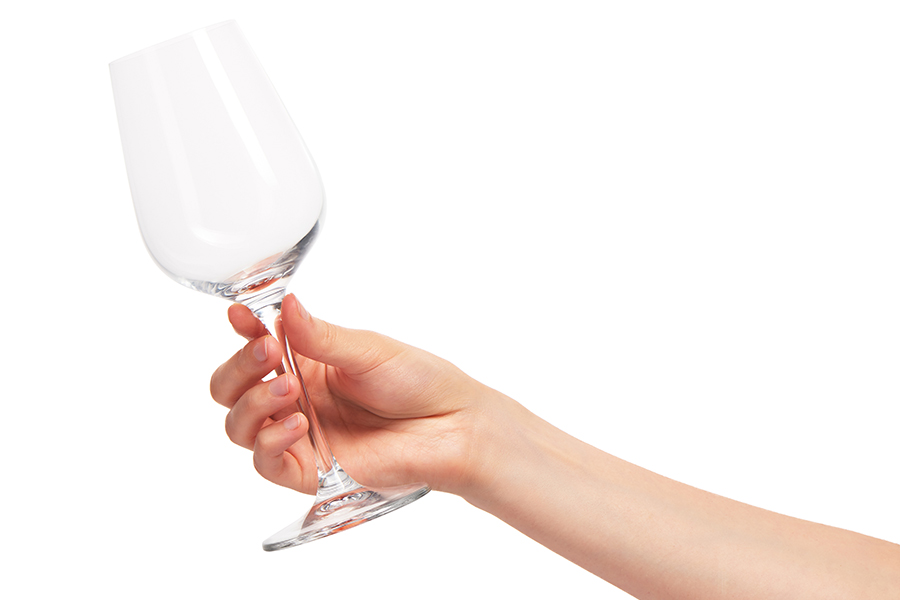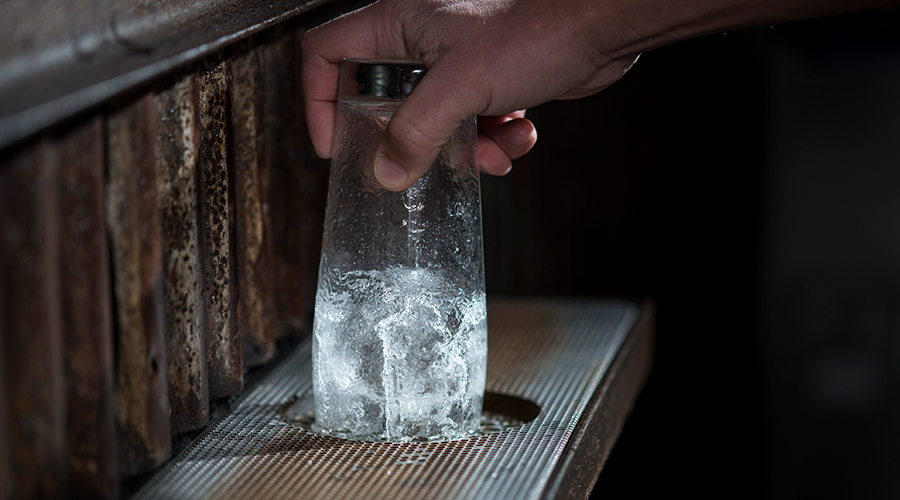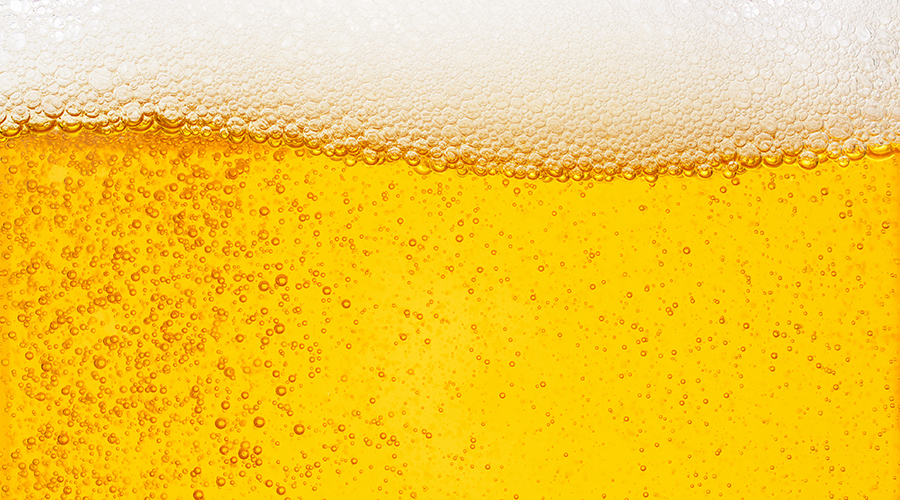A sommelier's prefered practices for a better tasting experience
“I am a true wine snob, in every sense of the word,” says Samantha Wall, unapologetically. She should be – it’s her job. Wall is a certified sommelier who also puts her expertise to work as a Culinary Arts instructor at NAIT.
But she’s also just a wine lover who doesn’t want to see a great glass of white, red or anything in between spoiled by things well within our control, such as the cleanliness of the actual glass. It’s amazing and shocking, says Wall, “how easily, and for the most part unintentionally, you can damage the product.”
Unintentionally is the key word. We run our glasses through the dishwasher; we wipe them down with a clean cloth. But it turns out that these practices can corrupt the flavour of a fine wine or a craft beer, both of which can take years to make and a second to ruin.
Wall knows better ways to wash, and she does not stray from them. If cleanliness is next to snobbiness, so be it – our drinks will be better for it.
How to clean a wine glass

For glasses for her own use – which she uses for wine and nothing else – Wall skips the dishwasher, as it can leave residues that affect flavour. Oil and fats will change mouthfeel, she points out, but leftover detergents can also damage a still wine.
“I don’t use soap,” says Wall. “I use boiling water.” Described below, her method relies on temperatures that exceed what’s required to inactivate virtually all bacteria and viruses (a dishwasher won’t kill every germ on a glass either).
- Start by boiling the kettle, says Wall. (Make sure glasses aren’t cold, so as to avoid cracking.)
- Pour hot water over the outside of the glass then fill, allowing it to sit for five to seven minutes.
- Empty it and drain it upside down for 10 or 20 minutes
- Flip it and air dry. “It’s steam,” Wall says of the remaining water. “There’s very little moisture left when you use boiling water.”
Use a lint-free polishing cloth to remove remaining water or spots. Do not use a cloth that’s been through the wash, as it may carry detergent residue, even if clean.
How to clean a beer glass

For glasses that will hold fizzy drinks like beer or champagne, Wall uses a “three-sink” method to ensure that those little carbon dioxide bubbles will be able to travel uninhibited to the top of the glass, keeping the drink effervescent and fresh.
- Wash the glass in a sink or basin of soapy water at a minimum of 77 C to promote suds and kill bacteria, as well as to remove any bubble-stopping, flavour-affecting residues or oils.
- Rinse the glass well in a basin of clear water at the same temperature.
- Test the cleanliness in a third basin of clear, cold water. Dunk the glass, fill it, turn upside down and watch it drain. “The water should sheet, never bead,” says Wall. “If water beads on your glassware, there’s residue.”
- Air dry. Polish with a lint-free cloth if desired.
“It's shameful when you work so hard making a beer and somebody pours it into a dirty glass,” says Wall.
Other flavour-enhancing glassware tips

Avoid lead crystal – It’s not likely that enough lead would ever leach out of a fine wine glass to cause physical harm (crystal decanters, in which wine might be stored for long periods, are the exception). That said, detergents can interact with lead to produce off-flavours. “It’s like you have aluminum foil in your mouth,” says Wall. Consider avoiding both.
Nucleated beer glasses – Fancy beer glasses might be laser-etched inside, says Wall. These nucleation points stimulate the formation of carbon dioxide bubbles, which then rise to help maintain the beer’s head, which in turn enhances flavour.
Frozen beer glasses – There’s nothing like a frosty glass pulled from the freezer and filled with your favourite brew, right? No. “Thanks for diluting my beer,” says Wall. “There’s a whole layer of ice inside the glass that’s melting.”
Check the thickness – A wine glass is thin walled to ensure it sits on your lip to pass wine over the tip of the tongue first, then across all its tasting regions, ensuring for a fulsome flavour experience, says Wall. A thick beer glass, however, forces the drink toward the back of the tongue, where bitterness is perceived more acutely, affecting the drink’s balance. A thinner glass, says Wall, will make for better tasting.
Skip the lipstick – Sometimes the flavour-affecting residue isn’t in the glass – it’s on you. “When I’m drinking wine, I won't wear lipstick, I won't wear chapstick,” says Wall. In fact, there might be only one benefit of doing so: One user might leave a mark to warn the next. “At least you know they’re dirty glasses,” Wall adds. “You don’t have to wonder.”
Banner image by mediaphotos/istockphoto.com